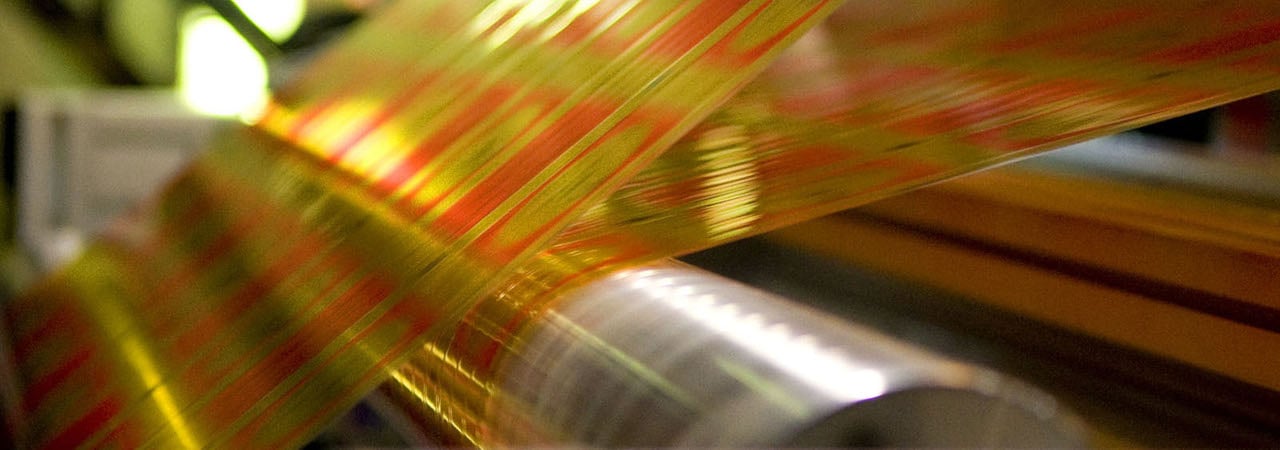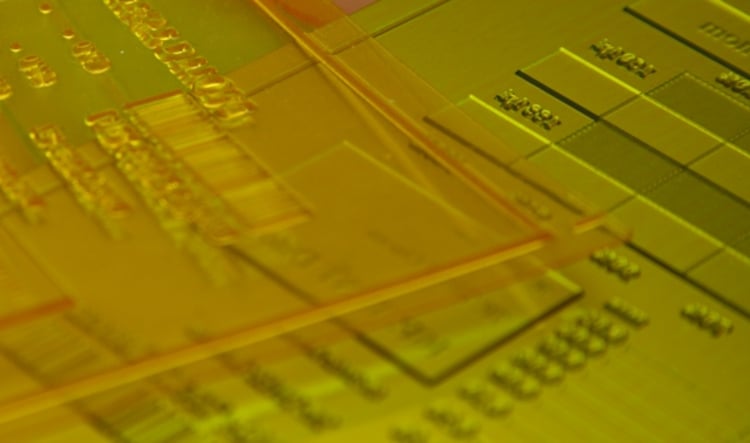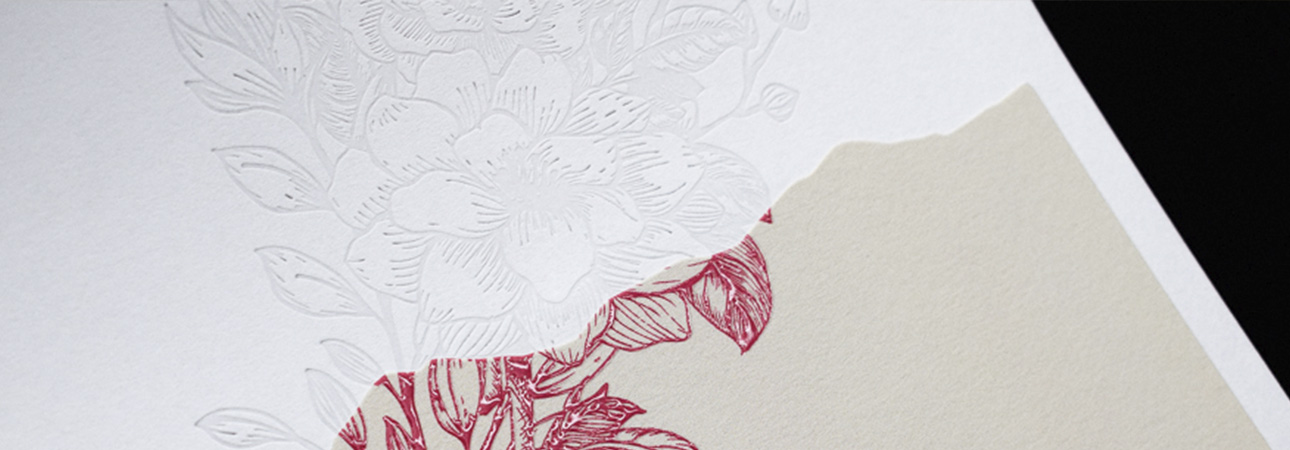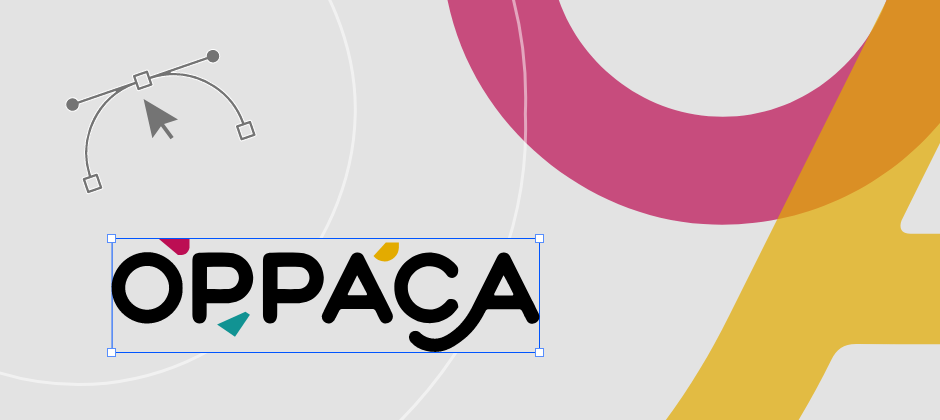Did you like the article? Share it!
What's Flexographic Printing?

Flexography or flexo printing is a roll-feed web printing procedure. Flexographic printing is often utilized to print large volumes of packaging and labels.
Products published on flexo presses consist of adhesive and shrink-sleeve labels (bottle packs ), ice cream cartons, folding cartons; buying bags, vinyl bags; components; packets; present wrapping; tissue, Banners; background; along with disposable cups and plates. In other words, flexo printing is one of the most worldwide used methods of printing for disposable goods.
How it works?
Flexo printing requires rubber plates that transmit to the media (paper or plastic) the link present in the elevated regions of the plate.
The traditional flexographic media comprises four kinds of rollers; a fountain roller, and an anilox roller, and the plate - tube, and the impression cylinder.
The fountain roller provides ink in an ink pan into a ceramic or steel ink-metering "anilox" roller then to the plate canister. The cylinder applies the strain needed to move the ink from the plate into the substrate.
In flexography, the anilox roller can move a uniform depth of ink into the printing plate. Every anilox roller contains engraved cells which are the element that decides how much ink will be transported to the plate. An optional blade scratches the anilox roller top to ensure the ink delivered into the printing plate is homogeneous.
Each colour or coating is put at every print section. Drying units help guarantee that every colour of ink is completely dried. Dryers utilize warm air or infrared or ultraviolet lighting based upon the curing that the ink requires.
Various versions of wide-web presses are designed to deal with materials which thickness ranges from 20 microns to around 5 millimetres.
Narrow-web presses 200-500mm wide is used to publish shorter packaging runs such as bottle wraps and single-serve packs, adhesive labels, butt-cut labels, and shrink sleeves.
EB (electronic beam) curing systems provide energy straight to the inks from the shape of active electrons and do not demand photoinitiators as UV-curable inks perform. Always interface with the packaging supplier to understand if the inks and curing methods are safe for food products!
Always interface with the packaging supplier to understand if the inks and curing methods are safe for food products! From the packaging globe, laminates are multi-layered substances made from various mixtures of substrates, including aluminium foil, film, and paper. Laminates supply the barrier layers, which flexible packages might have to keep the contents protected from moisture, air or chemical contamination.
Flexo printing quality
Since flexography is this type of high-speed procedure, many ink and substances may be wasted if flaws in print quality have been found during a press run. Print quality may be impacted by numerous factors, such as the varieties of plates utilized and how they were made. As there are many factors, preparing the art, graphics, and plates for flexographic printing demands experience and expertise.
The dots at a screened halftone picture can rise in diameter when published due to the fluidity of these inks and the strain of the impression cylinder. This is what we refer to as dot gain and can create colours to appear muddy or dark. Adjustments for your predicted level of dot gain can be reached through design and prepress knowledge. The very first flexographic printing plates were made from rubber. Nowadays, they are generally created from photopolymers. All these UV-light sensitive substances are viscous liquids of sheets of a predetermined thickness.
Flexo printing plates
In conventional plate making, an electronic imagesetter makes film negatives of each color/layer that will become a plate for a particular printing section. Pictures and examples of tonal gradations are refined together with halftone screening techniques that recreate tones with various dots.
The picture negative is put on the photopolymer plate fabric and packed in an exposure device, and subjected to controlled levels of UV light. The vulnerable photopolymer plate is subsequently created with plain water or solvents that remove the unexposed picture regions by the plate. (Dry thermal plastic plate processing is also an alternate plate making system that eliminates the requirement to scrub the plates following exposure.)
Digital photopolymer plates remove the necessity to make film negatives. An electronic imaging device then employs a high heeled infrared laser to eliminate the black coating where the picture will be generated over the plate. This approach is known as laser ablation.
When the electronic photopolymer plate is subjected to UV light, the light ignites the photopolymer plate substance in which the black coating was taken away. The plate is dried, cleaned, and then cut into the size mounted onto the cylinder.

Prepress phase
As expectations for rapid turnaround times increase, manufacturers of prepress applications and gear are automating the flexographic prepress and plate making procedure. Automation will lessen the necessity to outsource plate making and decrease the chance of mistakes in designing documents such as full-colour flexo prints that'll be transformed into various kinds and sizes of bundles.
Many systems can help and enhance the experience of prepress operators, such as Esko and Hybrid systems for plate making; this software considers factors like substrates, exposure, dot gain, trapping, inks and kind of media to assist operators in creating the perfect plates.
Flexo printing finishings
Finishing processes like die-cutting, cold foil stamping, and varnishing may be incorporated into inline presses to enhance the overall efficiency of creating ready-to-use traces of tags. Once printed, Flexo rolls and sheets can be enhanced or completed with some unique finishing offline machines; these machines can die-cut, wrap (to create shrink sleeves), varnish, glue etc. Choosing Flexo over other printing methods (like digital printing) is a matter of cost more than quality since the technique can truly become cheap with longer runs.
I hope that this article was helpful, and now you know to fully understand the process of flexographic printing!
Next





